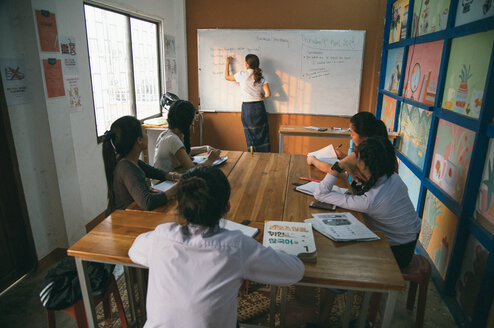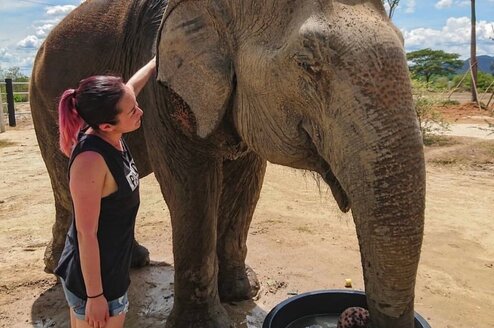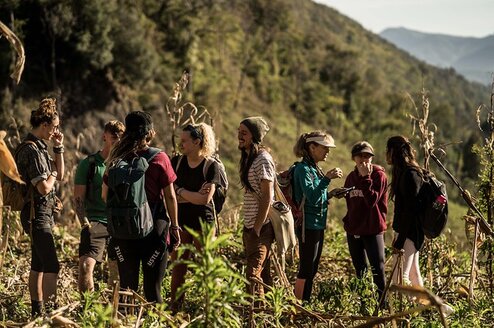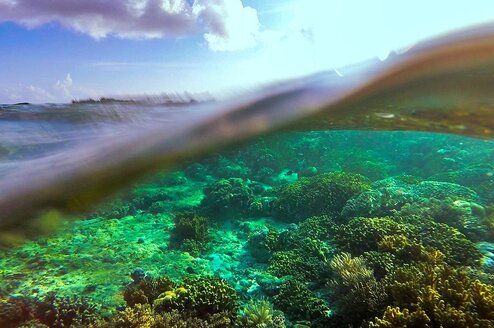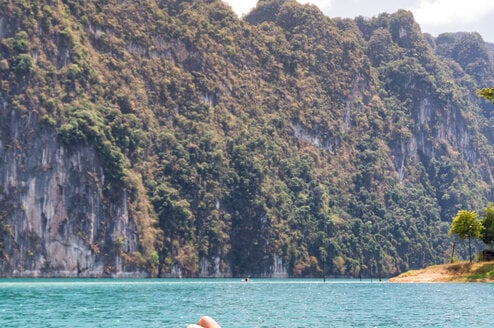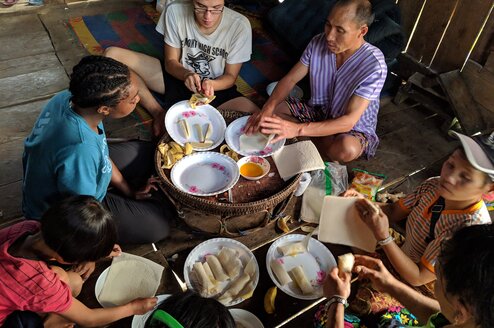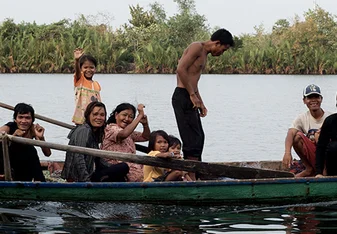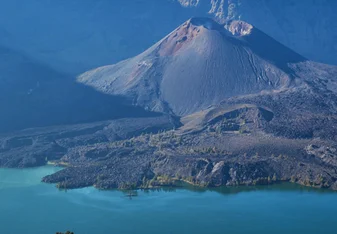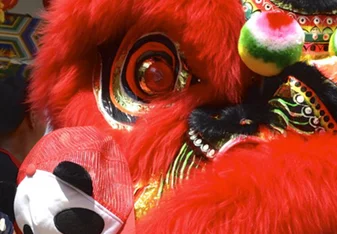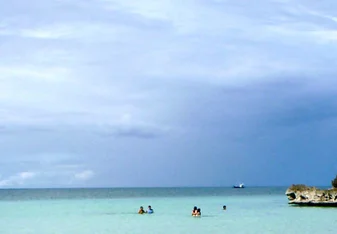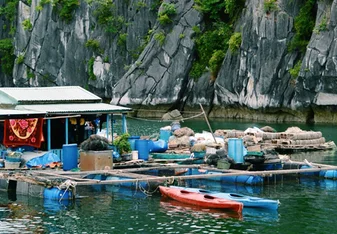Gap Year in Laos
Gap Year Programs in Laos
About
Laos - the forgotten jewel, the poorest but yet the friendliest country of South East Asia. Landlocked on the Indochina peninsula, it nestles between Burma, China, Vietnam, Cambodia and Thailand. Laos is so laid back it’s almost horizontal and that’s one of the main reasons it attracts more and more tourists each year. Incredible landscapes - the northern highlands, the mighty Mekong River and the 4 Thousand Islands will not disappoint. And even more so, that the people of Lao, despite the turmoil the country went through over the years, keep smiling and welcome you with open arms will make you keep coming back for more.
Types of Programs
Volunteering
Laos being the poorest South East Asian country is full of volunteering opportunities. One of the most popular volunteer organizations is The Big Brother Mouse, a Lao organization publishing books for local children in both English and Lao aiming at reducing illiteracy. You can either join them on their mission to deliver books to kids in the most remote places in Laos or contribute by buying sets of books if you’re unable to trek the hills with them. There are also a lot of options available in teaching children and novice monks. You can also get involved in helping Lao people develop their infrastructure by applying for a construction site volunteering placement. You can also contribute to local communities recovering post UXO (unexploded ordnance) clearance that involve donations towards education, re-training and farming resources in local communities.
Gap Year Travel
Laos is often described as forgotten. Often the one, that is missed out of the Indochina Loop. Unless you do your research, it seem less appealing, land locked, with no islands and beaches to laze around on. Think twice though! You may regret missing it on your South East Asian adventures. Laos is a gem! The landscapes and people are what make it one of the most incredible places to slow down and take it easy, enjoying the incredible views in the northern highlands, the beauty of the Mekong River and the mystery of the Plain of Jars. You may want to consider the ever so popular home stays to experience first hand what it is like to live a Lao life, under the roof of a local family’s house. Make sure not to miss out on the night markets both in Vientiane and Luang Prabang. You’ll love the atmosphere and are sure to find the perfect gifts for those at home waiting impatiently for your next email.
Adventure Travel
In Laos, those seeking the thrill of adrenaline are sure to find what they’re looking for! Anywhere you go, from Si Phan Don to Huang Xai you’ll be able to find an excitement inducing adventure. From elephant trekking and mountain hiking to kayaking and biking through the Lao countryside. You can’t forget the amazing limestone caves and the famous Gibbon Experience – a zip line canopy tour. Be careful though as it may be quite dangerous if you decide to do it in the wet season. The infamous Vang Vieng tubing is also worth a mention here. Whether you do it or not, you’ll definitely hear about people getting severely intoxicated and floating down the river in massive inner tubes. Make sure you catch the last ride home though as you’ll not only lose your deposit but may also have quite a long walk back home ahead of you!
Planning Your Trip
Cost of Living in Laos
- Traveling around Laos may not be the most comfortable, but it's never that expensive. Private mini vans will be more expensive and less comfortable (doesn't make sense, does it?) but will get you from point A to B much quicker than bigger, usually more comfortable on the bumpy roads tourist coaches. Motion sickness tablets are usually around 5000 LAK ($0.6).
- The main backpackers routes such as Vang Vieng – Phonsavan or Phonsavan – Luang Prabang will set you back around 220000 LAK ($2.7), while a trip from Vientianne to Vang Vieng on a big coach will be around 30000 LAK ($3.7).
- Half day bicycle rental in Vang Vieng is around 15000 LAK ($1.9) and a day out on a motorbike sets you back 40000 LAK ($5) plus around 25000 LAK ($3.1) to fill it up.
- If you decide to take the breath-taking 2 day slow boat trip to the Thai border, the prices are fixed at 130000 LAK ($16) for day one and 110000 LAK ($13.8) for day two. Your boat drivers will make sure you get to the Thai border late enough for you to have to stay on their side one more night, so make sure you budget for that extra night’s accommodation.
- Entry to one of the many caves Laos, a tourist attraction Laos is so famous for, is around 20000 LAK ($2.5), and visiting the Plain of Jars sites is 10000 LAK ($1.2) each. Organised trips are much more expensive, around 140000 – 170000 LAK ($17.6 - 21) per person so if you are comfortable on a motorbike, go for a self organised trip and take your time driving between the locations. Well worth it!
- As far as accommodation is concerned, Laos has a lot of hidden gem guest houses that have not even made it yet to Trip Advisor or bookings.com, so make sure you ask fellow travellers for recommendations. On average, prepare to spend 100000 – 130000 LAK ($12.5 - 16) for a double room with aircon.
- Breakfast costs on average 40000 – 50000 LAK ($5 – 6.3) and lunch or dinner 6000 – 70000 LAK ($7.5 – 8.8) in local street side cafes. Make sure you try the very popular grilled fish rubbed in salt and stuffed with lemon grass and other herbs. It is to die for!
- Little pleasures like ice cream or a coffee will be anything between 15000 – 20000 LAK and a glass of red in Luang Prabang’s quirky wine bar is 60000 LAK. Small bottle of water is 5000 LAK ($0.6).
- Make sure to treat yourself to a traditional Lao massage; depending on location, this will cost you around 25000 LAK ($3.1).
Culture and Etiquette in Laos
- Laos, similar to other SE Asian destinations is predominantly Buddhist, therefore dressing modestly and covering your shoulders especially in rural areas is advisable. Take your shoes off while entering temples and local homes as a sign of respect.
- Showing the soles of your feet or touching anyone on their head is considered rude and disrespectful.
- Always ask for permission when taking pictures of locals. Remember that in remote parts of Laos, photography may be treated as suspicious.
- The cultivation of rice is an essential part of Lao culture. Sticky rice is preferred over jasmine or steamed rice. Rituals vary between ethnic groups. Some plant a specific type of rice either at the edge of the field or outside their homes to indicate whether their parents are still alive or passed away.
- Lao culture is based on talking, laughing and singing. Despite Laos’ somewhat troubled history, Laotian sense of humor is very rich and you’re sure to experience it while travelling. Make sure you engage in small conversations with locals if they speak and understand English.
Visas
Most nationals are required to obtain a tourist visa before entering Lao PDR. This can be done either through prior application at a Lao embassy or consulate or in most cases on arrival, either by air (Luang Prabang, Pakse and Vientiane) or overland.
Prices vary from $30 - $42, depending on nationality. There are several ‘visa services’ agencies operating in Thailand, Cambodia and Vietnam that may populate incorrect information as to whether it is possible to apply for a Lao visa on arrival or not in order to make profit, usually charging a substantially higher amount for their services.
When you apply for a visa on arrival, there may be a small extra charge applied for ‘having your passport stamped’ or ‘the privilege of not having to provide a passport sized photograph’ so be prepared for that. The fee is usually no more than $1.
Citizens of Russia, Korea, Japan, Switzerland and ASEAN nationals (Philippines, Indonesia, Malaysia and Singapore) are exempt and do not require tourist visa.
Health & Safety
Health and Safety in Laos:
- Laos is a tropical country with temperatures rising to as high as 40 degrees Celsius. Make sure you always carry sun tan lotion and strong insect repellent with you.
- Malaria protection is recommended, mainly in rural areas.
- Food and drink is usually safe and bottled water is widely available. If unsure, ask if the ice in your drinks is made of filtered water
- In terms of medical care, Vientiane has clinics available that cooperate with international embassies. In serious cases however it may be advisable to travel to Thailand to seek further help.
- Laos is a relatively safe country to travel. Levels of crime are low and even though Laos is one of the most corrupted countries in the world it doesn't seem to be affecting tourists that much.
- You have to be prepared to show your identification at police officer’s request and may be fined if you refuse to do so.
- Similar to Thailand, Laos has very strict drug policies and does not differentiate between personal use and trafficking, therefore possession of any sort may result in imprisonment or even execution.
- Metamphetamine spiked drinks are a major problem alongside main tourist trails. Be extremely careful with any special cocktails or happy shakes you may be offered, especially when tubing in Vang Vieng.
- Main places and attractions popular with tourists have been declared clear of UXOs and are therefore safe to visit. Make sure you use marked paths visiting some of the Plain of Jars sites and always ask locals if unsure.


